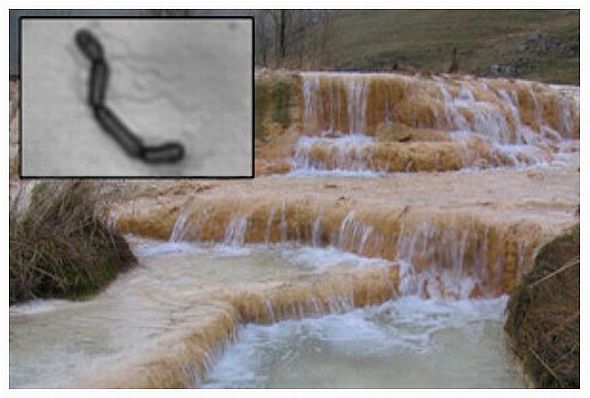 Katherine Frisk – This article came about as a response to an email I received from Harry. Hi Harry (waving!) Seems that a lot of my articles are a result of conversations I have had, mainly because I am connecting dots every day and it is only when someone says something or asks something that I take a step back and attempt to see the whole jigsaw puzzle. So… here goes.
Katherine Frisk – This article came about as a response to an email I received from Harry. Hi Harry (waving!) Seems that a lot of my articles are a result of conversations I have had, mainly because I am connecting dots every day and it is only when someone says something or asks something that I take a step back and attempt to see the whole jigsaw puzzle. So… here goes.
Regarding Keshe. I followed him sometime ago and then he went off the radar. Last I heard he was trying to leave Belgium because he could not take all the gross pedophilia. Can’t say that I blame him. It is the “P”capital of the world.
The following is as I understand the situation … for now. Things change so rapidly these days that something else could change the kaleidoscope within a space of 24 hours.
What I picked up from the Keshe Foundation is that Iran has not been developing nuclear bombs, but rather as you say, highly advanced plasma energy technology of which nuclear does play a part. One of which appears to be in conjunction with Russia, namely nuclear power plants that use nuclear waste and make it harmless. Apparently we have so much nuclear waste now that it could keep these power stations running for the next 300 years. So basically this is killing two birds with one stone. Increase energy production AND clean up the planet. And if you notice, Russia rather than the French or the British has been getting the contracts for nuclear power stations across the globe. This is just one of the pieces of the puzzle.
Back to Iran. Keshe made a comment that Iran has no fear of an attack from Israel because of these new technologies, as Keshe said, anything thrown at them will basically be a case of return to sender. It is defense technology that disables any and all missile systems or nuclear attacks and returns the hardware to it’s place of origin. In other words, Israel will end up bombing itself if it is not careful. What is more, these systems are capable of disarming Israel’s “Iron Dome,” something they have relied on from the US navy. This was proved to them in the Black Sea recently when a Russian Shukhoi SU24 aircraft disarmed their fancy AEGIS systems then simulated bombing raids on the USS Donald Duck. Continue reading

